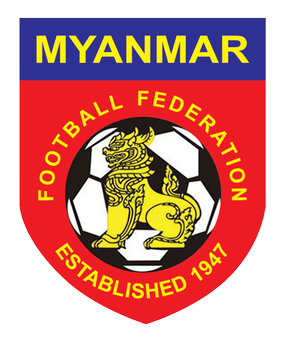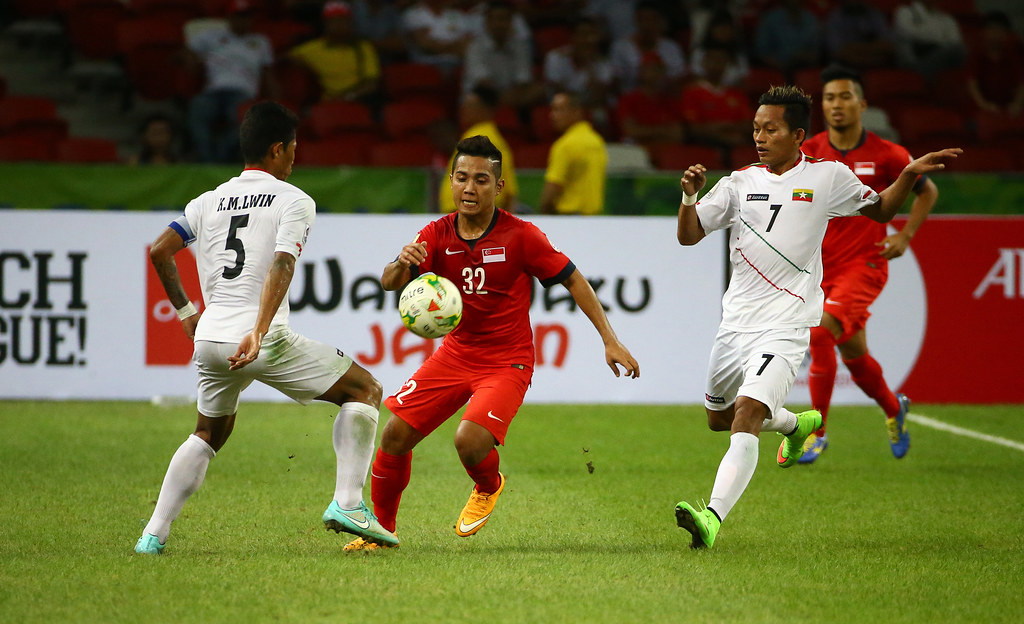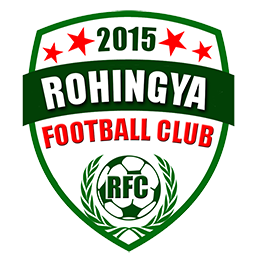Myanmar, formerly known as Burma, and officially known as the Republic of the Union of Myanmar, has opened up quite a lot in the last few years, but still remains the most mysterious part of Southeast Asia. It is sandwiched between Bangladesh and India to the northwest, China to the northeast and Laos and Thailand to the east, on the Andaman Sea and Bay of Bengal.
The largest city and former capital is Yangon, formerly known as Rangoon, but the capital was moved to Naypidaw, a planned city such as Canberra or Brasilia, in 2006.
In recent years Myanmar won praise for the dissolving of the military junta which had controlled the country tightly in 2011, with the democracy advocate and Nobel Peace Prize winner Aung San Suu Kyi being released from house arrest and eventually becoming the effective parliamentary leader of the country.
In more recent years though Myanmar has been accused of genocide and fomenting a refugee crisis of the Rohingya people, a mainly Muslim people who Myanmar has consistently refused to consider citizens, even after having been resident there for three or more generations.
Much of Myanmar is mountainous and lies in the monsoon region, so it’s not the best environment for football, but like most everywhere, football is hugely popular with the local people and played in villages wherever a patch of land allows.
Domestic Football in Myanmar
From 2008 the government allowed private football clubs to be set up, with the previous clubs all based in Yangon and linked to government ministries. Since then, national football has come on leaps and bounds, although locals may still prefer watching the European leagues.
Myanmar has a two-level national league with regional and state leagues all around the country. The top division was created in 2009 to replace the Yangon-dominated Premier League. From 2012 it has been a 14 team league with teams representing the various states around the country, making it much more national than it had ever been, even if organised with regional representatives.
Domestically though, it is still Yangon that dominates, with Yangon United and Yadanarbon FC from Mandalay providing the main rivalry. However, in 2017 and 2019, the league was one by Shan United, remaining undefeated for the whole of the 2019 season.
Yangon United have competed regularly in the AFC Cup, Asia’s second continental competition, as have Yadanarbon FC, who also won the AFC President’s Cup in 2010.
Myanmar on the International Football Stage
Competing as Burma until 1989, when the country changed its name to Myanmar, you may be forgiven for thinking they have never made a mark on international football, but that’s not quite the whole story.
Burma saw a lot of success in the 1960s, to some surprise, winning the 1966 Asian Games and coming second to Iran in the Asia Cup in 1968. They won the Asian Games again in 1970 and competed in the Los Angeles Olympics in 1972.
From the 1970s onwards though, the domestic situation and lack of investment saw Burma decline from a continental team to one of the worst in Asia.
In recent years more investment brought some success for national youth teams, especially under the leadership of German coach Gerd Zeise, but the national men’s team continued to get nowhere near qualifying for the Asia Cup, let alone the World Cup.
And in 2018, they even managed to lose to Leeds United of the English Championship, who controversially toured the country after the season had finished. The tour was sponsored by a bank with close ties to the regime, and this was at the height of the genocide accusations and the Rohingya refugee crisis.
Rohingya Football Club
The Rohingya actually have their own football team composed of Rohingya refugees from Myanmar, mainly living in Malaysia, who, since 2015 have been a member of CONIFA – the Confederation of Independent Football Associations.
Who are the best Myanmar footballers?
The undisputed father of Burmese football was Suk Bahadur, captain of the national team from 1952 to 1970. He made over 100 appearances and scored over 30 goals, while also gaining success as a tennis and hockey player, and holding the national record for the 100-metre sprint. He was a Gurkha, and also a Major in the Burmese Army.
In more recent times, almost all the national team play their football in Myanmar, with a couple of players called up who play in Thailand.
What’s their stadium like?
Myanmar plays their games at Thuwunna Stadium, which has a capacity of 32,000. They play in all red sometimes with blue shorts.
Football in Myanmar is sometimes prone to violence but remains massively popular.
Join YPT on our annual trip to the temples, mountains and balloon-filled cities on our Christmas tour to Myanmar!








